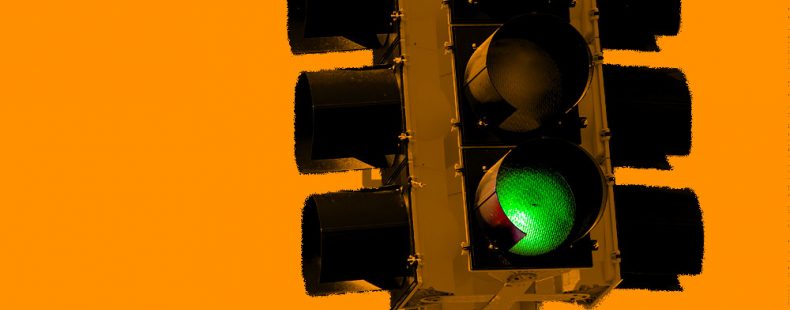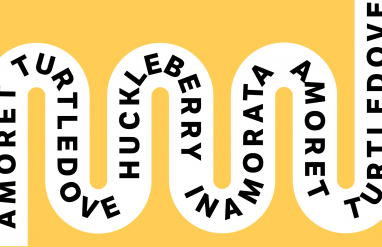Green is the color of money, the color of envy, and the color of green and growing things. But what is the opposite of green, and what colors are used to express the opposite of these symbols? What kind of antonyms exist for green and everything this color represents? An antonym is “a word opposite in meaning to another.” Because red sits across green on the color wheel, we will start there. In this article, we will focus on the color red, what it represents, and other opposites of green.
🔴 Red is a primary color
The color wheel is a way of representing the visual spectrum of light. A typical color wheel is broken into primary colors and secondary colors. The primary colors are red, blue, and yellow. The secondary colors are made of a combination of two primary colors: green is a mix of blue and yellow. If you look at the color wheel, every primary color sits opposite a secondary color. This is how we know that the opposite of green, a secondary color, is red, a primary color.
Shades of red
We mentioned that most color wheels depict primary and secondary colors. However, there are also tertiary colors, which are created by combining two secondary colors. The word tertiary means “third.” There are two sets of tertiary colors that are opposite of greens on the color wheel: red-violet and red-orange.
Shades of red-violet include:
- puce
- eggplant
- blush
Shades of red-orange include:
- ginger
- amber
- rust
There’s more to orange than just red-orange shades. Learn these orange color words.
Red is a warm color
It is perhaps unsurprising that the color red is closely associated with heat—after all, fire glows red. In color theory, red is known as a warm color. Warm colors, which also include yellow and orange, are associated with feelings of heat and intensity. Warm colors are thought to stimulate feelings of energy and sociability, which is why they are often used in restaurants and other gathering spaces. In color theory, cool refers to “(of colors) with green, blue, or violet predominating.”
Red is energetic
While cool colors like green are associated with calm, red is closely associated with energetic feelings. Energetic here means “possessing or exhibiting energy, especially in abundance; vigorous.” Sometimes this association has a positive connotation because, as we already noted, reds promote feelings of warmth. However, there is a negative aspect to this association as well; reds sometimes can be intimidating or overly intense.
Fire is red
Fire is one of the four basic elements, along with earth, air, and water. Many of our emotional and symbolic associations with the color red, especially as it is thought of in opposition to green, come from the fact that fire often appears to be red on the visual spectrum. Fire has numerous literal and figurative meanings, including “liveliness of imagination” and “fever or inflammation.” You can learn more about all of the variety of meanings of fire at our entry here. The color green, in contrast, is used to represent nature or water, depending on the cosmology and time period.
Red symbolizes rage and anger
The color green typically symbolizes optimism and joy. In contrast, the color red is often used to represent rage and anger. When someone is angry, their face may flush and turn red, which likely contributes to the association. The expression see red is just one example of how we see this connection in our language. See red means “to be or become extremely angry.”
Red represents terror and destruction
Fire is beautiful and provides life through its warmth, but it can also be terrible and cause death and damage. In parallel, the color red is associated with heat, but also with terror and destruction. One example of this can be found in the spooky short story “The Masque of the Red Death” by Edgar Allen Poe, about a group of elites trying to avoid the plague. The title alone indicates how the color red in the story inspires dread, “terror or apprehension as to something in the future; great fear.” Green, in contrast, represents life and new growth.
Red represents love and passion
Thus far, we have seen quite a few examples of how green has positive associations like life and joy, while red has negative associations like death and anger. But in ancient and Medieval times, red was importantly associated with blood, which was thought to promote passion, energy, and love. Passion here means “any powerful or compelling emotion or feeling.” Under this theory, known as humoral medicine, blood was associated with a sanguine physiology: “having blood as the predominating humor and consequently being ruddy-faced, cheerful, etc.”
Looking for love … idioms? We’ve got everything to make your love language soar here.
Red means stop
Because of traffic lights, you’re familiar with one of the main contrasts between red and green. Red means “stop” and green means “go.” In nature, bright colors such as red are used to warn other creatures of danger. Humans aren’t so different and the color red has been in banners and signs as a warning for thousands of years. In keeping with this principle, the first railroad signals in the 1830s used red lights to indicate “stop.” Using a green light to mean “go” didn’t come around until later, but now both are used around the world.
Bonus: red and green both mean luck
You may be familiar with the association between the color green and luck, “good fortune.” While there are many reasons for this connection, it in part comes from green being the color of Ireland and those luck-spreading leprechauns. However, the color red is also associated with luck and good fortune in some cultures, particularly in China. In Chinese culture, red is thought to attract good luck and ward off evil. You can see one example of this in the tradition of exchanging money-filled red envelopes known as Hong Bao on the Chinese New Year as wishes of goodwill. So, while there are many ways in which red and green are opposites, they have this element in common.
Are you curious to learn more about the color green and all that it symbolizes? You can read all about it in the article “What Is The Opposite Of Red … And Why?” To test your knowledge of the various meanings of red itself, you can try our smoking-hot quiz here.













